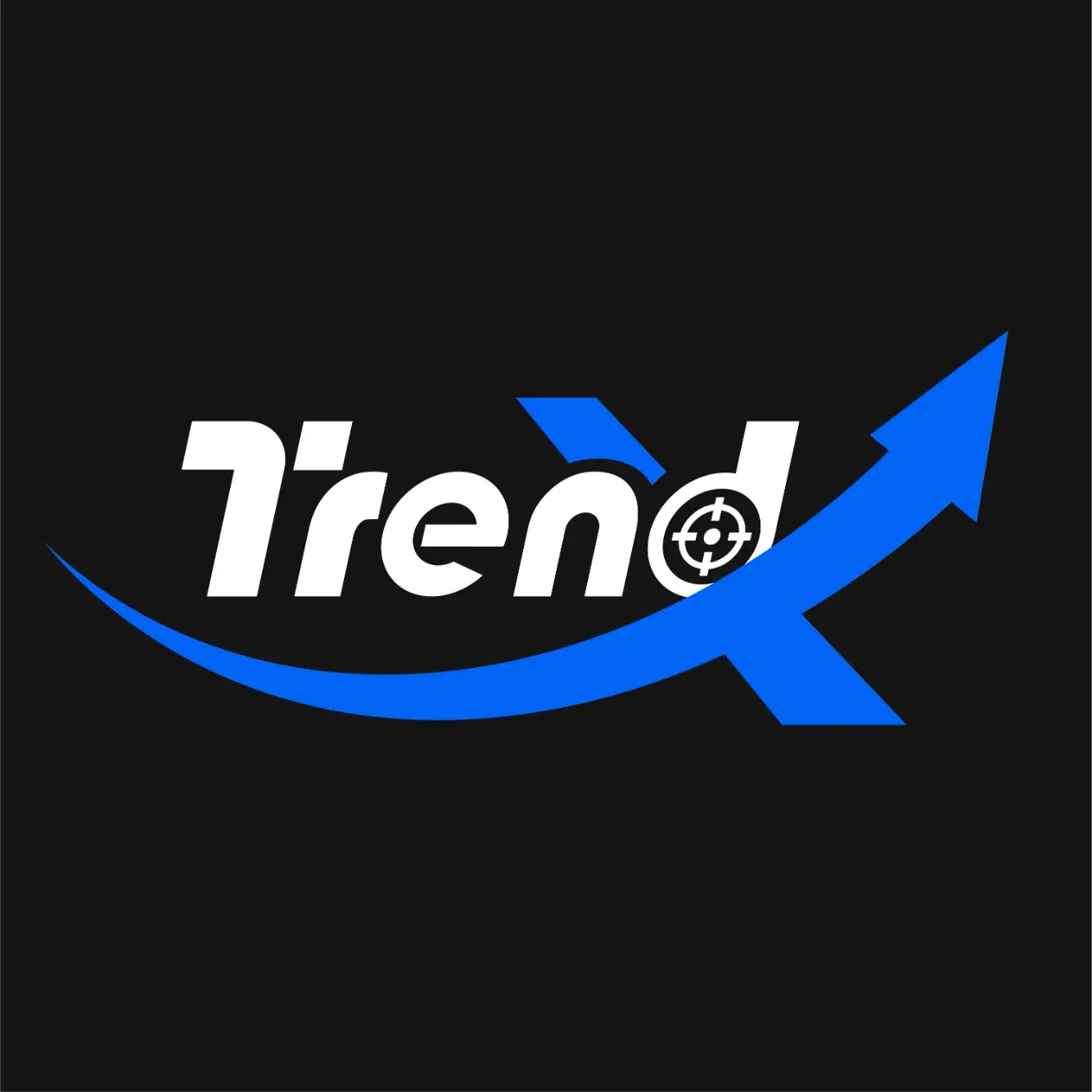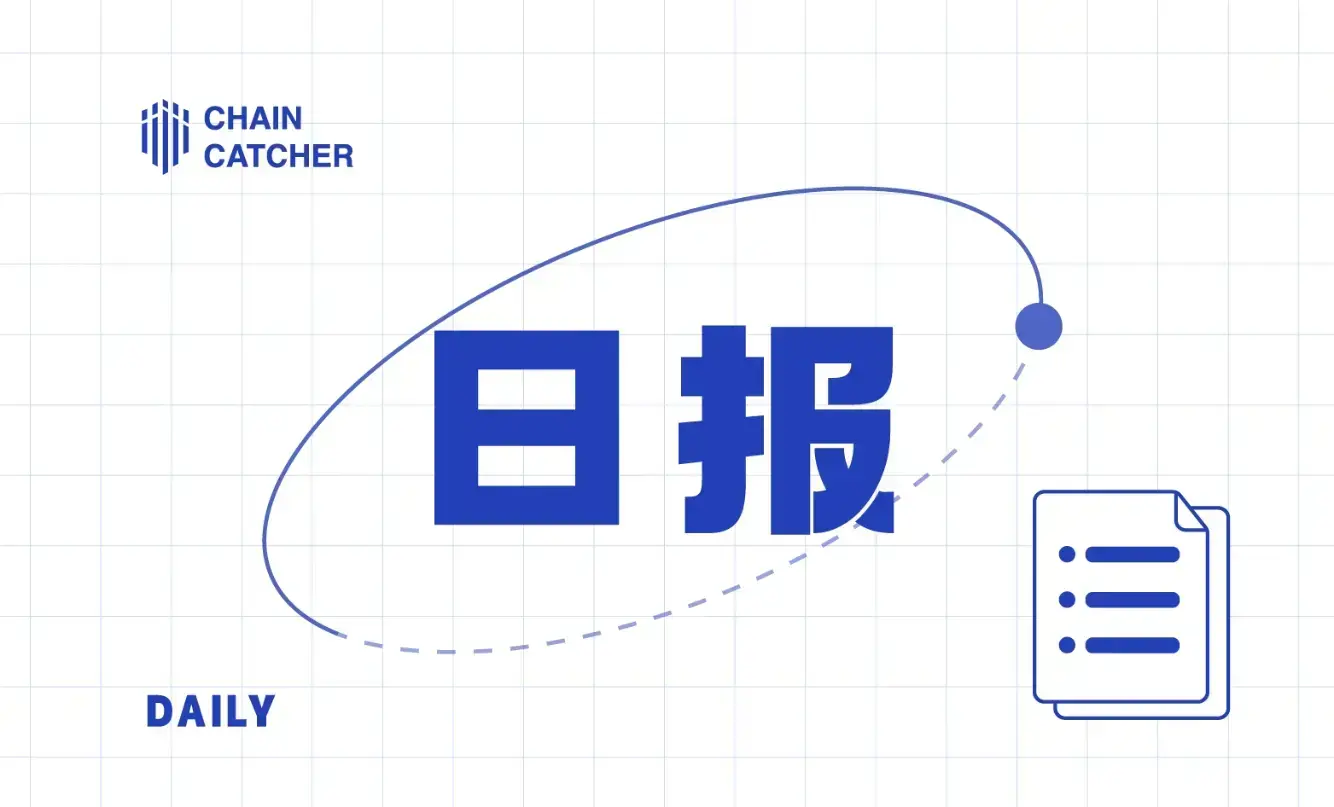veDAO Research Institute: A Review of 12 Hot Alpha Projects in the ZK Track That Have Not Issued Tokens
Written by: veDAO Research Institute
Recently, Arbitrum has once again ignited the Layer 2 narrative due to its airdrop issuance. With OP Rollup in place, the two major tracks, Optimism and Arbitrum, have landed and brought about a huge wealth effect. Another major L2 narrative, the ZK track, has become one of the most focused subjects in the current industry. In fact, from the perspective of landing prospects, although ZK Rollup is much more difficult than OP Rollup, its development prospects will also be broader than those of OP Rollup.
After all, the development of OP Rollup is limited to the ERC category, which can be seen as a limitation of working within a narrow scope. However, ZK Rollup can provide support for fields beyond the ERC category, and the realization of zero-knowledge proofs can help establish trust in the entire real-world society, making it more meaningful in reality.
On March 24, Matter Labs CEO Gluchowski stated in an interview with The Block that zkSync will achieve sequencer decentralization (token issuance) within about a year.
Due to the experiences of the OP and ARB infrastructure airdrops, many believe that zkSync has reserved a "window period" of one year for the industry to "grab airdrops." Therefore, the veDAO Research Institute has compiled a list of 12 projects in the current ZK track that have not yet issued tokens, which may provide some foresight for the wealth expectations under the 2024 halving cycle and the explosion of the zk ecosystem.
Is ZK the ultimate solution?
First, we need to have a simple understanding of zk:
Zero-knowledge proof (ZKP) is a method by which one party (the prover) proves a proposition to another party (the verifier) without revealing any information other than the fact that the proposition is true. Therefore, it can be understood as a "zero-leakage proof." For example, if one wants to prove to someone that they possess certain information, they could simply disclose that information, but doing so would also leak the details; the essence of zero-knowledge proof lies in how to prove possession of that information without revealing its content. This is also the difficulty of zero-knowledge proof.
For example:
A room with a door and windows, all secured with password locks. At the door, Alice wants to enter the room but does not know the password;
Bob sees this and tells Alice that he knows the password for the door and windows and can sell it to her for $100;
Alice doubts the authenticity of Bob's password, unless Bob tells her the password in advance and she verifies it. Upon successful verification, Alice will pay Bob $100;
Bob is concerned that if the password is shared, his information will no longer be unique and will lose value, so he makes a suggestion;
Alice stands 20 meters away from the door while Bob opens the door, enters the room, and opens the window;
Alice only needs to see the window open to prove that Bob's password is valid;
And Bob does not have to worry about losing the value of the password due to early sharing.
Throughout the process, neither Bob's verification actions nor Alice's confirmation actions caused any leakage of the password.
This logic is the foundation of zero-knowledge proof. The reason zero-knowledge proof has gained popularity in the blockchain and cryptocurrency fields is that there is an increasing demand for privacy and security in digital transactions. With the rise of blockchain technology and cryptocurrencies, there is a growing need for a method that can verify transactions without disclosing sensitive information, and ZKP can meet this demand.
The importance of this technology for enhancing privacy and security in blockchain, cryptocurrencies, and decentralized finance (DeFi) is increasingly recognized. Many DeFi projects have already applied ZKP to services such as lending and trading, providing users with better privacy and security. Many Layer 1 blockchains are adding ZKP-based rollups or zero-knowledge Ethereum Virtual Machines (zkEVM). As the adoption rate of zero-knowledge proof applications increases, it is expected to play an increasingly important role in the blockchain and Web3 fields. At the 2022 Developer Conference (DevCon), over 20% of discussions revolved around zero-knowledge proof technology, indicating its popularity.
ZK Prospects
In fact, with the popularization of the concept of zero-knowledge proof, more and more DeFi products are beginning to accept and use this new technology. Especially zk Rollup, which has become one of the preferred Layer 2 network solutions for Ethereum scaling alongside OP Rollup. By using Rollup, users can reduce gas fees by up to 100 times compared to Layer 1 networks.
Compared to OP Rollup, its advantages include: higher security, stronger timeliness of transaction confirmations, and significantly better TPS and transaction costs than OP Rollup; however, its disadvantage lies in its compatibility with EVM.
Currently, zero-knowledge proof is widely present in the following tracks:
Identity verification: Zero-knowledge proof can be used to verify user identity without disclosing any sensitive personal information.
Credit records: Users can selectively present their credit records to another party, showing only the records that meet the other party's requirements while proving the authenticity of the credit record.
Decentralized storage: Servers can prove to users that their data is properly stored without disclosing any specific content of the data.
Anonymous governance: Allows voters to vote, which can be verified, but the identity of the voter will not be exposed.
Transaction confidentiality: By using cryptocurrencies with ZK technology, the sender and receiver addresses and transaction amounts can be obscured on public blockchains, enhancing the privacy of user transactions.
Compliance: Some countries have strict regulations on collecting and sharing financial information, and decentralized platforms may find it difficult to comply with these regulations. Zero-knowledge proof can be used to share the required information with regulatory authorities while keeping it confidential from other parties.
The ZK track has always been assigned a high expected wealth return rate by the market. This is not only because the realization of Ethereum's Layer 2 network will greatly assist the industry, but also due to the increasing distrust of users towards the centralized financial world caused by increasingly stringent global regulations and various black swan events such as financial crises and bank collapses. A sound and reliable identity and information verification concept based on decentralized networks is becoming increasingly valued. As a result, important products in the ZK track, such as zkSync, StarkNet, LayerZero, Arbitrum, and SuiNetwork, are collectively referred to as the hottest airdrop targets for 2023/24.
Below are the zk Alpha products specifically selected by the veDAO Research Institute, which have potential wealth effects and are still in the early stages of "boarding."
Projects
zkSync

zkSync is a Layer 2 chain that uses ZK rollup technology to solve Ethereum's current scalability issues. Developed by Matter Labs since 2019, it is currently in the Baby alpha stage and undergoing internal mainnet testing.
zkSync stands out with its low transaction costs (a few cents per transaction) using ZK SNARK technology, security benefiting from Ethereum's security, and decentralization. zkSync also offers interoperability, thanks to its V2 launched in February 2022, making it the first EVM-compatible ZK-Rollup, an achievement that would normally take years.
zkSync focuses on five main Ethereum-related attributes:
As a general protocol;
EVM compatibility;
Gas fees paid in ETH;
Open-source and decentralized.
Aleo
Aleo is the first decentralized open-source platform that supports private and programmable applications. By default opting out of privacy, Aleo achieves a sustainable and fair Web3 world that meets the needs of developers, consumers, and businesses.
Aleo uses zero-knowledge cryptography to achieve privacy and programmability. Zero-knowledge cryptography and zero-knowledge proofs allow third parties to verify the authenticity of information without us directly revealing it. Aleo uses this as the basis for a system called ZEXE (Zero-Knowledge Execution). In ZEXE, users execute state transitions offline. This process generates a proof that is bundled into an on-chain transaction. The transaction updates the system's state by consuming/creating on-chain records. Like Zcash, this system provides strong privacy guarantees, as transactions only contain proofs and not the inputs that generated them. Like Ethereum, ZEXE can support smart contracts, allowing users to interact or transfer value in predefined ways.
StarkWare
StarkWare protects blockchain privacy data by leveraging succinct zero-knowledge proof technology, applicable to a variety of uses from verifiable computation to privacy-preserving cryptocurrencies. StarkWare aims to bring transparent privacy and scalability to blockchain. StarkWare is committed to improving two critical factors in the blockchain world: scalability and privacy, utilizing STARK technology. Its role is not only to promote the use of STARK technology but also to provide "zero-knowledge, succinct, transparent, evident, and secure" cryptographic proofs.
StarkWare will develop a complete verification stack: software and hardware, to support the fast and reliable generation and verification of computational integrity proofs for general computation. Its report has achieved a transparent ZK system (ZK-STARK) for the first time, where the scale of verification is much faster than the scale of databases.
StarkWare is actively promoting the "zk-starks" blockchain privacy solution developed by the Technion – Israel Institute of Technology. This solution protects blockchain privacy data through zero-knowledge proof protocols, verifying private information without consuming significant computational power or requiring specialized software installations, while also compressing data to improve efficiency, transparency, and security. By utilizing StarkWare technology, blockchain scalability and privacy can be enhanced.
Aztec Network

Aztec Network is positioned as a privacy-focused ZK Rollup on Ethereum, aimed at helping users access Ethereum ecosystem Dapps privately and efficiently. The project has currently launched two main products: the privacy transfer protocol zk.money based on Aztec Rollup, and the privacy bridge Aztec Connect linking Ethereum Dapps and Aztec Rollup.
With zk.money and Aztec Connect, users can transfer funds freely without exposing their information (addresses, funds, etc.) and securely access multiple mainstream DeFi protocols such as Lido, Element, Aave, Compound, and Uniswap.
Notably, on March 13 of this year, Aztec Network announced that it would gradually shut down its DeFi privacy bridge project Aztec Connect and would disable funding deposits from zk.money and other front ends (such as zkpay.finance) into Aztec Connect contracts a week later.
The team will focus on two new main products in the future:
A general development language supporting zero-knowledge proofs, Noir;
A new privacy-focused blockchain.
Scroll
Scroll is dedicated to creating a more general zero-knowledge proof scaling solution and boldly announces the decentralization of power to the community, allowing nodes, provers, developers, and users to build the Scroll community together. By publicly building with the community and creating reliable paths for on-chain proofs and ordering, Scroll is committed to ensuring decentralization at all levels.
zkLend
zkLend is a currency market protocol that combines zk-rollup scalability, excellent transaction speed, and cost savings with Ethereum's security. zkLend is an L2 currency market protocol built on StarkNet, combining zk-rollup scalability with Ethereum's security, enabling participants to effectively earn interest on deposits and seamlessly borrow assets. The zend token issued by zkLend will have three major functions: 1. preferential borrowing rates; 2. increased borrowing capacity; and 3. governance participation.
Currently, zkLend has completed a $5 million seed round of financing, led by Delphi Digital, with other major investors including StarkWare, Three Arrows Capital, Genesis Block Ventures, Alameda Research, CMS, MetaCartel DAO, DCVC, Amber Group, TPS Capital, Ascensive, D3 Web Capital, 4 RC, and SkyVision Capital, as well as other angel investors.
Mint Square

Mint Square is an NFT platform on the ETH Layer 2 ZK Rollup. Mint Square aims to establish the best multi-chain ZK Rollup NFT marketplace, integrating the two major platforms StarkNet and zkSync Era.
ZKEX

zkLend is a currency market protocol that combines zk-rollup scalability, excellent transaction speed, and cost savings with Ethereum's security. zkLend is an L2 currency market protocol built on StarkNet, combining zk-rollup scalability with Ethereum's security, enabling participants to effectively earn interest on deposits and seamlessly borrow assets. The zend token issued by zkLend will have three major functions: 1. preferential borrowing rates; 2. increased borrowing capacity; and 3. governance participation.
Currently, zkLend has completed a $5 million seed round of financing, led by Delphi Digital, with other major investors including StarkWare, Three Arrows Capital, Genesis Block Ventures, Alameda Research, CMS, MetaCartel DAO, DCVC, Amber Group, TPS Capital, Ascensive, D3 Web Capital, 4 RC, and SkyVision Capital, as well as other angel investors.
Iron Fish

Iron Fish is a new cryptocurrency that uses zk-SNARKs and the Sapling protocol to protect every transaction. Anyone can run a node and contribute to its codebase.
Iron Fish builds completely private transactions that hide the sender, receiver, and amount using zero-knowledge proofs while providing proof of transaction validity. Every transaction on Iron Fish is private—unless the owner grants read-only access through a viewing key, no one can see the account's details.
YellowSubmarine
Yellow Submarine is the first and only dApp that provides privacy transactions for all EVM-compatible chains. It creates a privacy layer that spans any Ethereum ecosystem.
Through YS's intuitive interface, users can deposit a stablecoin like USDC on any EVM-compatible chain using a MetaMask wallet and withdraw it in the form of BUSD or USDT from another EVM-compatible chain without any publicly traceable links. Future versions of YS will allow users to retain their privacy tokens—users will not need to disclose the type of tokens they hold and can freely dispose of them.
Yellow Submarine also offers a one-stop solution for holders of crypto assets joining its liquidity treasury, allowing them to profit from selected DeFi applications across various EVM-compatible chains. This is similar to providing liquidity to DeFi applications (such as lending pools) and earning additional income from cross-chain fee revenues. Compared to using conventional DeFi applications, YS's liquidity providers can achieve higher returns from multiple sources through increased liquidity incentives and a pair of utility tokens (CUN) and governance tokens (veCUN).
Nulink

Nulink is a privacy-preserving technology platform for decentralized applications, allowing users to remain anonymous (Daaps). The project aims to provide enterprise-level security solutions for developers, startups, small businesses, and enterprises to achieve this goal. As its technological foundation, the Nulink platform includes blockchain, access control (proxy re-encryption, attribute-based encryption), and secure computing (zero-knowledge proofs, secure multi-party computation, fully homomorphic encryption) technologies. It provides data exchange and processing capabilities on an enterprise scale.
Nulink is building a solid technological foundation by combining top-notch technologies. The integration of application layer, cryptography layer, storage layer, blockchain layer, and Watcher Network is achieved through this matrix. For Nulink users, integrating into a single API and accessing various storage and blockchain solutions is very easy. The network integrates NuCypher for key management. Bitcoin miners can earn $NLK by providing decentralized storage facilities, and they can earn $NLK by passing information from ETH to the watcher layer.
Starkswap
Starkswap is the first AMM DeFi product built on StarkNet based on public ZK-Rollup; Starkswap is built on the underlying infrastructure, allowing users to enjoy lightning-fast transactions at a lower cost (initially gasless) while still benefiting from Layer 1 Ethereum's security.
Starkswap is a strong competitor to major AMMs on Starknet. The team launched the testnet in March and announced a complete rebuild of V1 from scratch, supporting custom curves.
They also recently launched Iron Fleet in collaboration with Yearn, a new protocol on Starknet that allows users to pool their assets while interacting with Layer 1 DeFi protocols. This allows gas costs to be shared among users, reducing operational costs for everyone.
Conclusion
From the perspective of grabbing airdrops, whether it was OP in the past, ARB currently, or the upcoming Aptos, Sui, and next year's zkSync, infrastructure has always been the "big hair," an important manifestation of wealth effect.
The transmission of wealth effect often starts from public chains, middleware, and other infrastructures, then reaches the basic applications of the ecosystem, such as stablecoins, lending, exchanges, and finally reaches non-basic applications (social, games).
Currently, on the eve of the explosion of the zk track, it is necessary for us to pay full attention to the infrastructure and basic applications of the zk track.
Reference: “A Summary of Potential Unissued Token Projects in Layer 2 for 2023”










